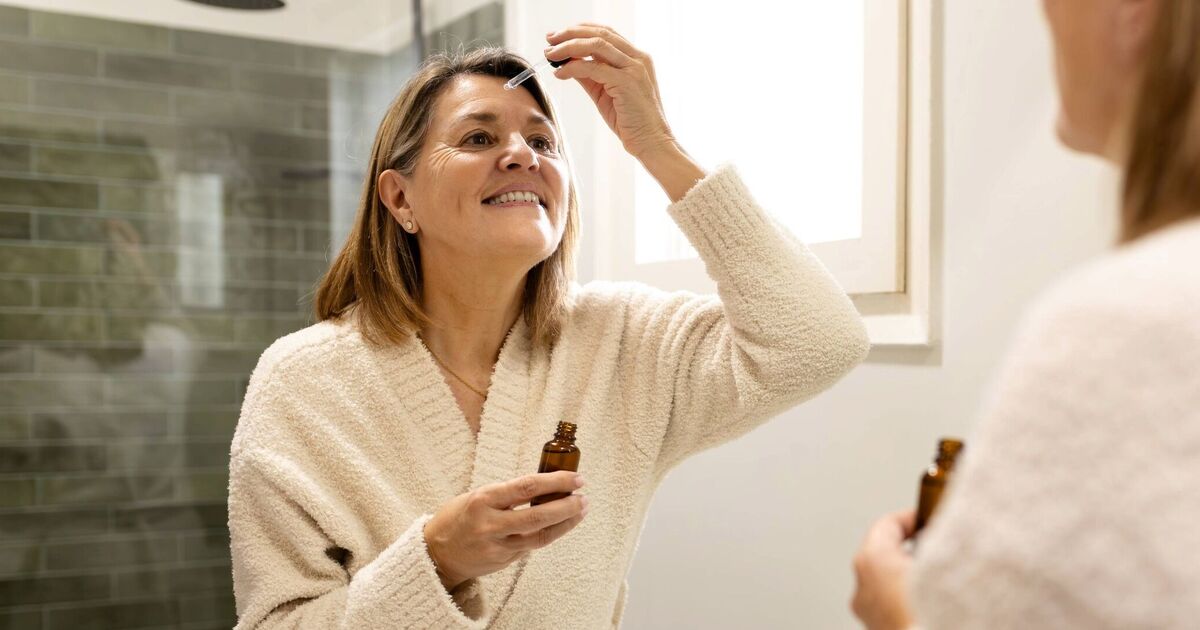

If you ever feel overwhelmed when it comes to skincare products and which ones you should be using, you're not alone. There's so much to choose from that without expert advice it can feel impossible to decide. Thankfully, dermatologist Mark Strom regularly posts his top tips on social media including the items he believes work and those that don't.
Sharing with his 750,000 Instagram followers, he wrote: "Eight years as a dermatologist and still no one believes me when I tell them these things!" In the gallery of snaps, he revealed various insights including what to use on dry and cracked heels, whether or not red LED light masks work (he says they do!), and which facial acid is the best for anti-ageing.
Alongside an image of The Ordinary Glycolic Acid 7% exfoliating toner, he wrote: "Glycolic acid is the best acid for anti-ageing (but also the strongest so be careful!)."
When it comes to skincare, acids can sound intimidating, but they’re one of the most effective ways to tackle common concerns like dullness, uneven tone and the first signs of ageing. Used properly, they can smooth, brighten and rejuvenate the skin.
Glycolic acid is an alpha hydroxy acid (AHA) — it’s water-soluble and works on the skin’s surface by loosening the bonds between dead skin cells. That helps your skin shed more efficiently, revealing fresher, smoother skin underneath. Over time, that can blur fine lines, improve texture, reduce dullness, and help even tone. Simply put, it speeds up surface renewal, so your skin looks fresher and less flat. It’s one of the more powerful acids approved for over-the-counter use.
Glycolic acid products contain different percentages, so it's important to know which one is right for you. Low strength (2–5%), is found in things like daily toners, cleansers or pads. These gently exfoliate, brighten and smooth without too much irritation and are suitable for those new to AHAs or with sensitive skin. Medium strength (5–10%) is used in at-home exfoliating treatments and works more deeply on fine lines, uneven tone and congestion. It's still suitable for first-time users and sensitive skin but must be introduced slowly. Anything over 10%+ is considered high and these products provide stronger exfoliation and are intended for those whose skin is more accustomed to facial acids and want deep exfoliation. Some formulas above 15% are often considered peels and should be used less frequently. Lastly, professional strength is 20–70% and this is only used in clinic peels by dermatologists or aestheticians.
Before you try, always do a patch test. It should only be used at night before bed, and it's wise to start slowly, applying it one to three times per week to allow your skin to build a tolerance. Cleanse first, then apply with a cotton pad (neck and face). Don’t rinse off. After five–10 minutes, follow with hydrating serums like hyaluronic acid, and moisturisers with peptides and barrier support. Always use broad-spectrum SPF the next morning, as exfoliated skin is more sensitive to sun exposure.
Avoid using glycolic acid if your skin is sore, cracked and dry. For example after a strong peel, active rosacea, eczema flare, or open wounds. Don’t layer it in the same routine with other exfoliants or other AHAs (e.g. lactic, mandelic), BHAs (salicylic acid), retinol (retinal/tretinoin), and strong vitamin C. If you want to still use retinols, it's advised to do so on alternate nights.